The Airtraq Video Laryngoscope: Revolutionizing Intubation
Oct 23, 2024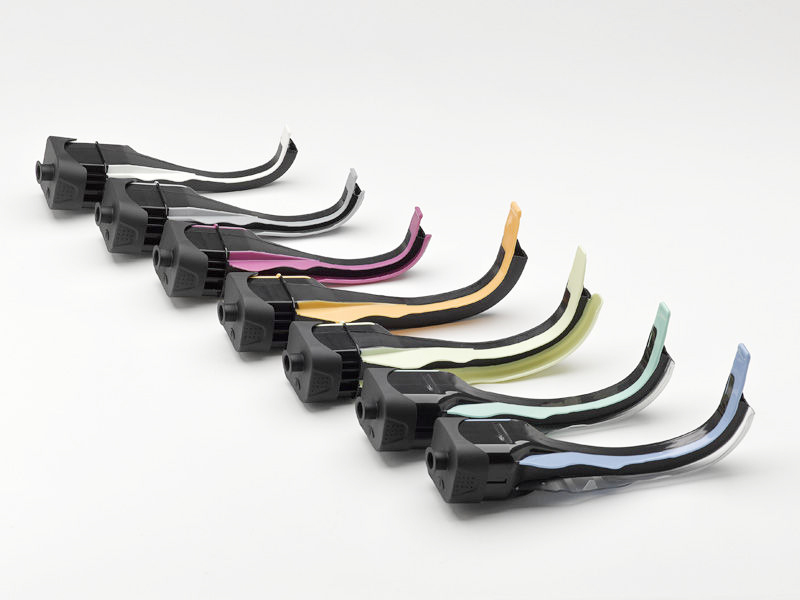
In emergency medicine and anesthesiology, effective intubation is crucial for ensuring patient safety and optimal outcomes. The Airtraq video laryngoscope, developed by Mercury Medical, is a significant advancement in this field, enhancing visualization and accessibility during intubation procedures. This blog explores the features, benefits, and practical applications of the Airtraq video laryngoscope.

Understanding the Airtraq Video Laryngoscope
The Airtraq video laryngoscope is a portable device designed to provide clinicians with a clear view of the airway, making the intubation process safer and more efficient. Its unique design combines a conventional laryngoscope with a video display, allowing the operator to visualize the vocal cords in real-time. This is especially beneficial in difficult intubation scenarios where traditional methods may fail.
Key Features
- Integrated Video System: The Airtraq features a built-in camera that captures high-definition video of the laryngeal area. The video feed is displayed on a screen, which can be positioned for optimal viewing by the operator and assisting staff.
- Angled Blade Design: The blade is specifically contoured to provide an optimal line of sight to the glottis. This angling reduces the need for excessive head positioning and manipulation, making the procedure easier for both the clinician and the patient.
- Single-Use and Reusable Options: The Airtraq system offers both single-use and reusable blades, catering to different clinical settings. The single-use design minimizes the risk of cross-contamination, while the reusable blades are made of durable materials that withstand sterilization processes.
- Lightweight and Portable: Designed for ease of transport, the Airtraq video laryngoscope is lightweight, making it suitable for use in various settings, from operating rooms to emergency response units.
- User-Friendly Interface: The intuitive controls and layout ensure that even those with minimal experience can quickly learn to operate the device. This is critical in emergency situations where time is of the essence.
Advantages of the Airtraq Video Laryngoscope
- Enhanced Visualization: The primary advantage of the Airtraq is its ability to provide a clear, magnified view of the airway. This significantly improves the chances of successful intubation, especially in patients with challenging anatomical features.
- Reduced Intubation Time: Studies have shown that the use of video laryngoscopes can reduce the time required for intubation, which is crucial in emergency situations where every second counts.
- Increased Success Rate: The Airtraq’s design has been linked to higher first-pass intubation success rates. This reduces the risk of complications associated with multiple intubation attempts, such as trauma to the airway or hypoxia.
- Improved Training Tool: The ability to record and display video in real-time makes the Airtraq an excellent educational tool for training new practitioners. It allows for immediate feedback and analysis of techniques, improving the learning curve for intubation skills.
- Versatility: The Airtraq is effective across a wide range of patient demographics, including pediatric and obese patients, who often present unique challenges during intubation.
Practical Applications in Clinical Settings
The Airtraq video laryngoscope has found its place in various clinical environments, from hospitals to emergency medical services (EMS). Here are some common scenarios where it proves invaluable:
- Emergency Departments: In high-pressure environments like emergency rooms, the Airtraq’s quick setup and ease of use make it ideal for rapid airway management.
- Critical Care: For patients in intensive care, where intubation may be necessary due to respiratory failure, the Airtraq’s enhanced visualization aids in minimizing trauma and complications.
- Out-of-Hospital Settings: Emergency responders can carry the Airtraq in ambulances, ensuring they have a reliable tool for securing airways in the field, especially in challenging conditions.
- Anesthesia: In the operating room, anesthesiologists can utilize the Airtraq for patients with known difficult airways, ensuring a smoother induction process.
Challenges and Considerations
While the Airtraq video laryngoscope offers numerous advantages, it is essential to acknowledge potential challenges:
- Cost: The initial investment for the Airtraq may be higher than traditional laryngoscopes. Healthcare facilities must weigh the benefits against the costs when considering integration into their practices.
- Training and Familiarization: While the Airtraq is user-friendly, staff must still undergo training to maximize its potential. Institutions should consider implementing regular training sessions to keep skills sharp.
- Dependence on Technology: Over-reliance on video laryngoscopes can lead to a decline in traditional intubation skills. It is vital for practitioners to maintain proficiency in both techniques.
Conclusion
The Airtraq video laryngoscope represents a significant leap forward in airway management technology. Its combination of enhanced visualization, ease of use, and versatility makes it a valuable tool in various clinical settings. While there are considerations to keep in mind, the benefits it offers in improving intubation success rates and patient safety are undeniable. As the field of medicine continues to evolve, innovations like the Airtraq will play a crucial role in advancing care and outcomes for patients in need of airway management.
By embracing such technologies, healthcare professionals can not only enhance their skills but also significantly improve the quality of care they provide.
Categories
Latest Articles
Clinical comparison of foreign body removal procedures using rigid bronchoscopy, fiberoptic bronchoscopy, and flexible electronic bronchoscopy
Bronchial foreign bodies are a common emergency in pediatrics. Clinically, bronchoscopy techniques are typically used to remove the foreign bodies. Currently, the three main bronchoscopy techniques each have their own characteristics, and among them, the flexible bronchoscopy shows unique clinical value in pediatric patients. This article conducts a clinical application analysis of all three bronchoscopy ... Read more
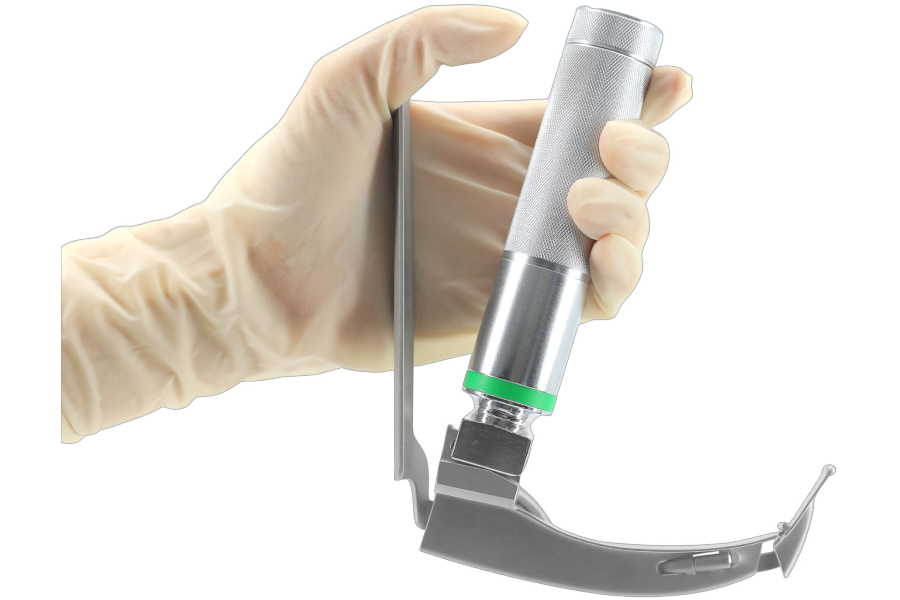
How Fibre Optic Laryngoscopes Improve ENT Procedures
In modern ENT procedures, precision and visibility are key. That’s where the laryngoscope fibre optic technology comes in. Unlike traditional tools, these advanced devices use fibre optics to provide a clear, well-lit view of the throat and vocal cords. This means doctors can see more and do more—with less risk to the patient. But how ... Read more
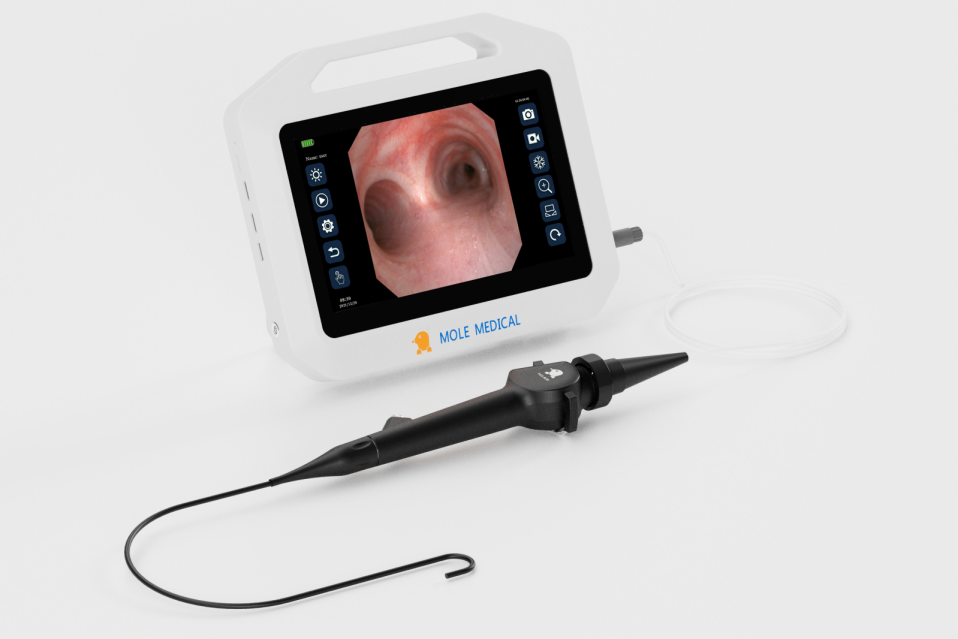
Flexible Laryngoscopy: A Clearer Voice for Quicker Diagnoses
Flexible Laryngoscopy is a powerful tool that helps ENT specialists do just that. It uses a thin, flexible scope to view the throat, vocal cords, and airway in real-time. The procedure is quick, non-surgical, and performed right in the clinic. For patients with voice changes, chronic cough, or throat discomfort, this method offers fast answers ... Read more
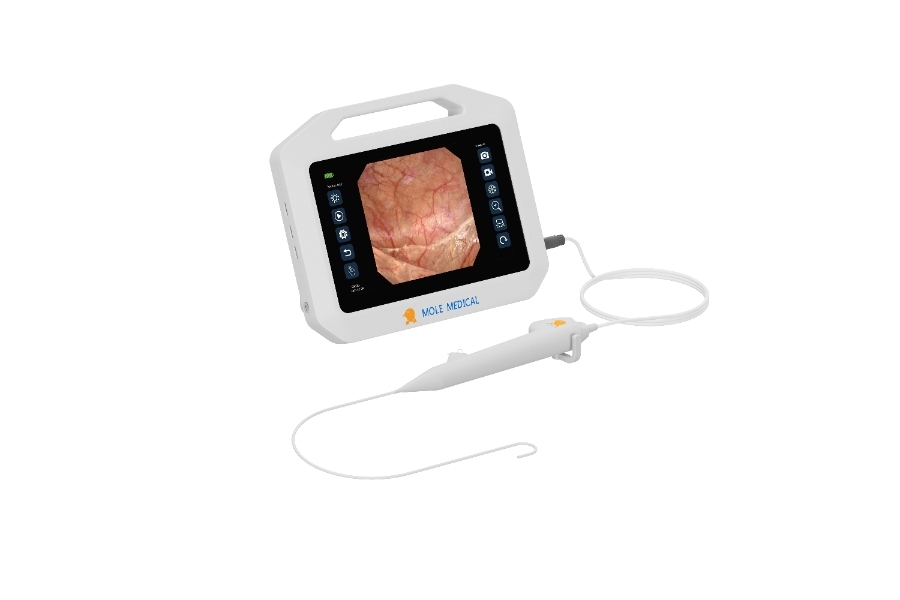
Smart Solutions in Ureteroscopy: Mole Medical’s Disposable Flexible Scope vs Karl Storz Legacy
In the field of urology, the name “ureteroscope Karl Storz” has long stood for precision and reliability. As a global leader, Karl Storz has set the standard for reusable ureteroscopes. But now, a new contender is entering the spotlight. Jiangsu Mole Medical, a national high-tech enterprise, is challenging the status quo. With a focus on ... Read more
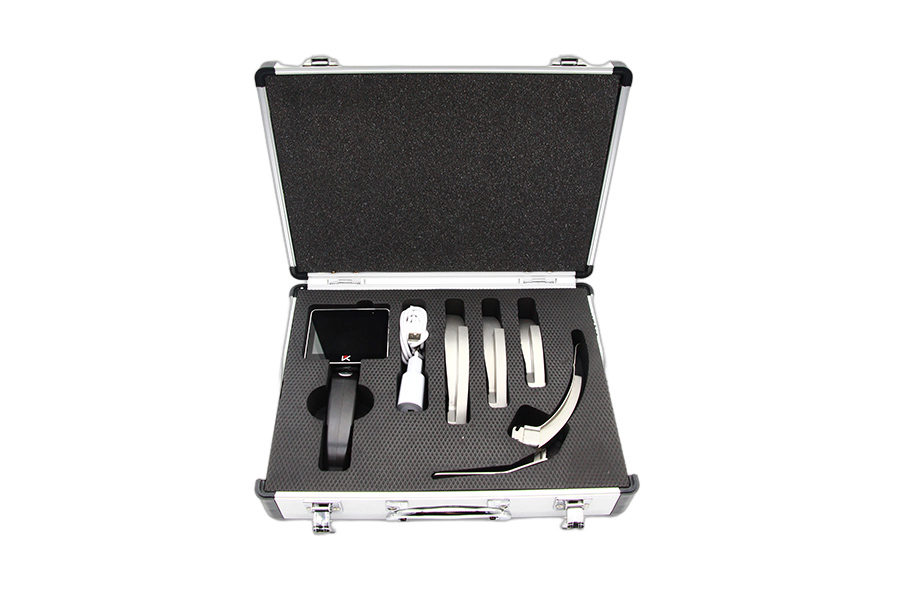
From ER to ICU: Why the Video Laryngoscope Is Becoming a Medical Must-Have
In recent years, the video laryngoscope has quietly transformed how doctors manage airways. From emergency rooms to intensive care units, this tool is now seen as essential. It offers a clearer view, faster response time, and higher success rates during intubation. Many medical teams no longer rely on traditional methods alone. Instead, they turn to ... Read more



